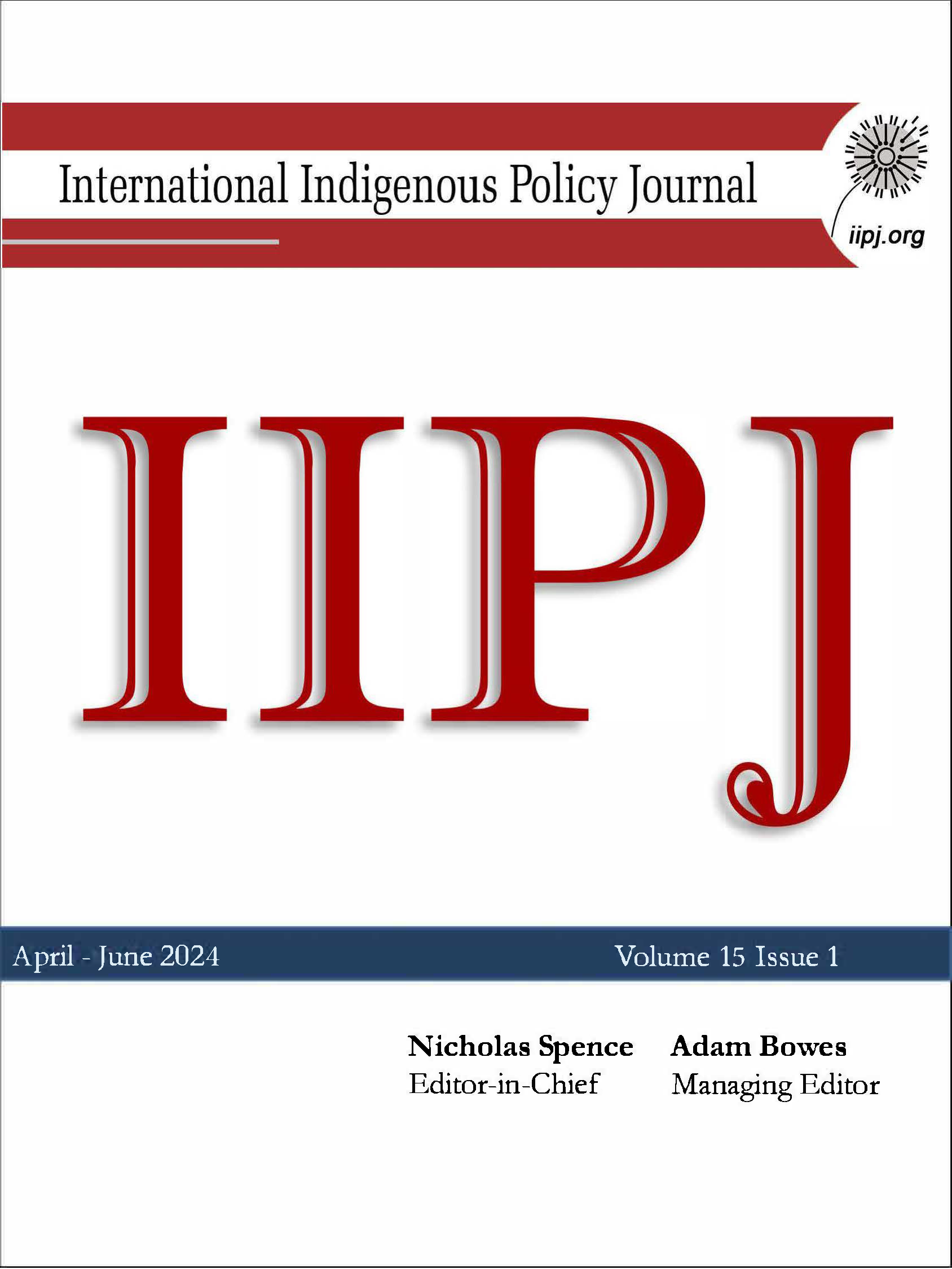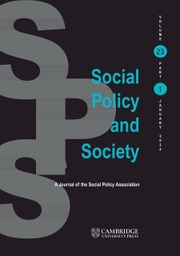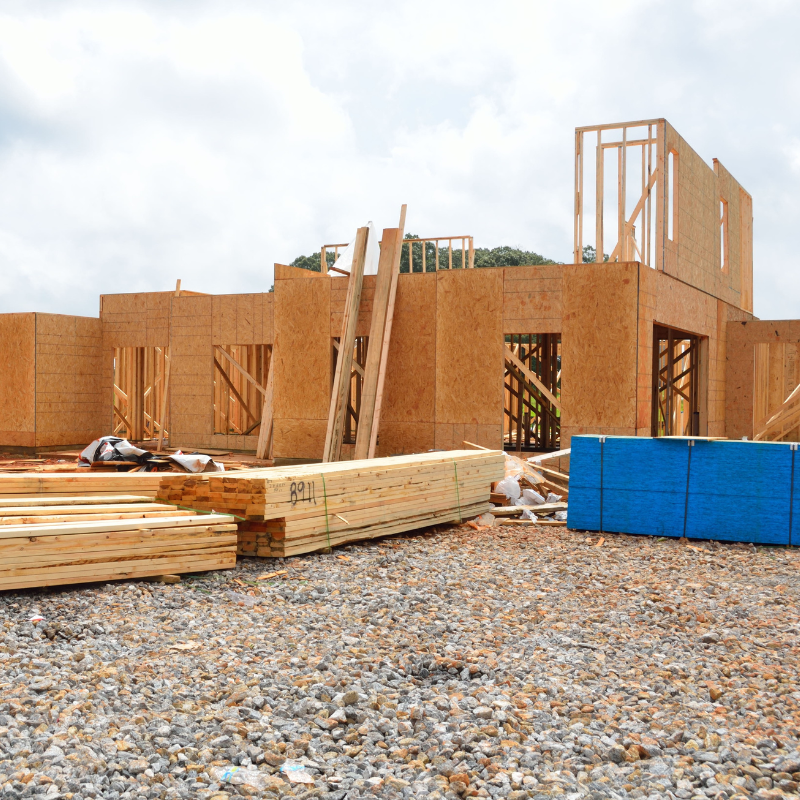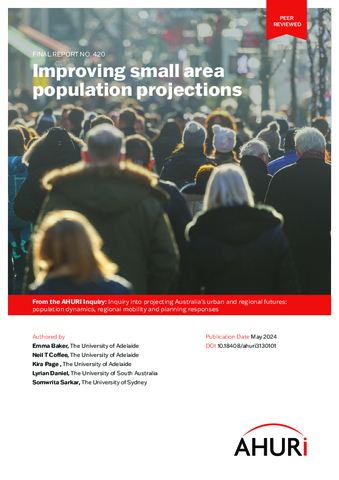Home Research / Reports Page 10
Research / Reports
- Research
This integrative review summarises original research that explores women’s experiences of escaping domestic violence to achieve safe housing.
- Research
This paper presents the Giiwe model for systems homelessness prevention led by M’Wikwedong Indigenous Friendship Centre in Owen Sound, Canada.
- Research
The debates about Public-Private Partnerships (PPPs) in planning and housing are characterised by varying perspectives, with some considering PPPs efficient and others viewing them as inherently problematic. This paper draws on the literature on governance, planning and housing with a focus on teasing out public-private sector relationships in land and property.
- Research
This article examines life course considerations and variations in the risk of transitioning into homelessness among single adults in Dublin, Ireland.
- Research
This study sought to describe and explore associations among selected determinants of health and self-reported scores on indicators of psychological capital among youth experiencing homelessness.
- Research
The article presents a detailed analysis of leveraging government-led developments to address the affordable housing crisis in major Australian cities, focusing on utilizing land contributions for multistorey developments.
- Research
The article “Innovative Financing Strategies for Affordable Build-to-Rent Housing in Australian Cities” discusses the challenge of housing affordability in Australia and explores innovative financing strategies for build-to-rent (BTR) housing.
- Research
Understanding the patterns and impacts of population migrations within Australia is key for governments and providers of housing, infrastructure and services to be able to plan where they will prioritise resources. New AHURI research critically assesses the population projection methods available to Australian decision-makers and planners.








